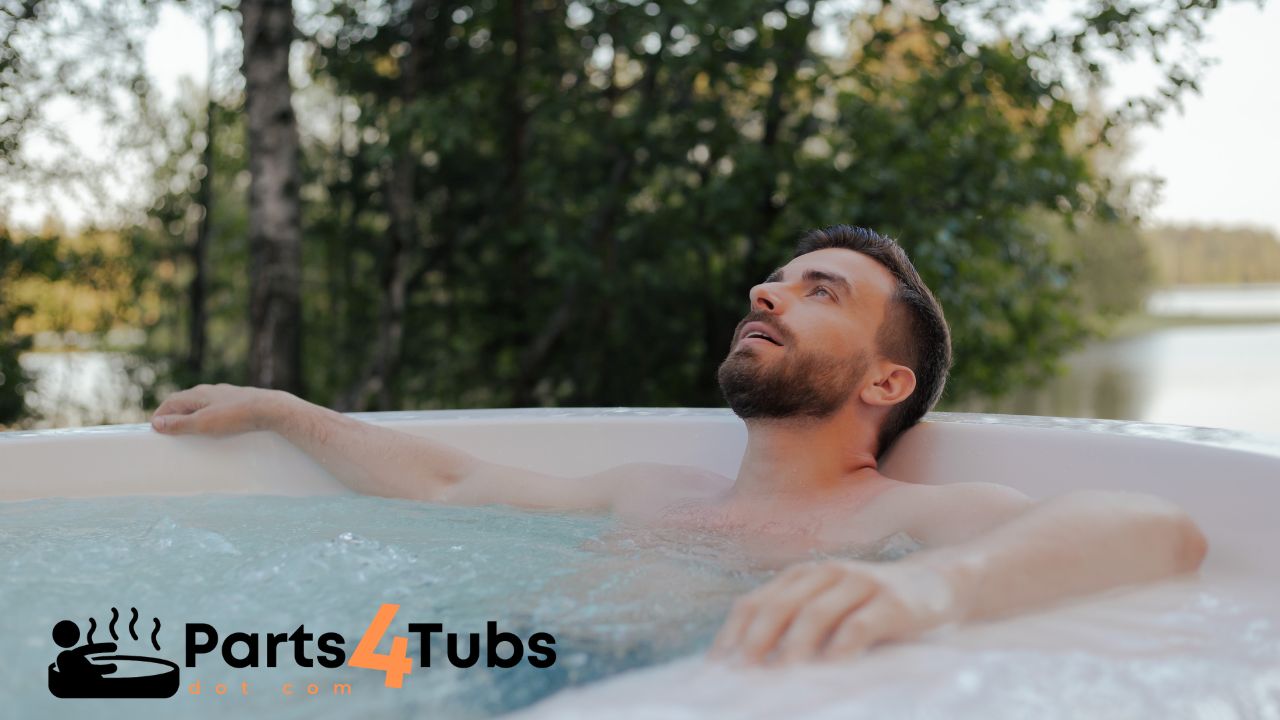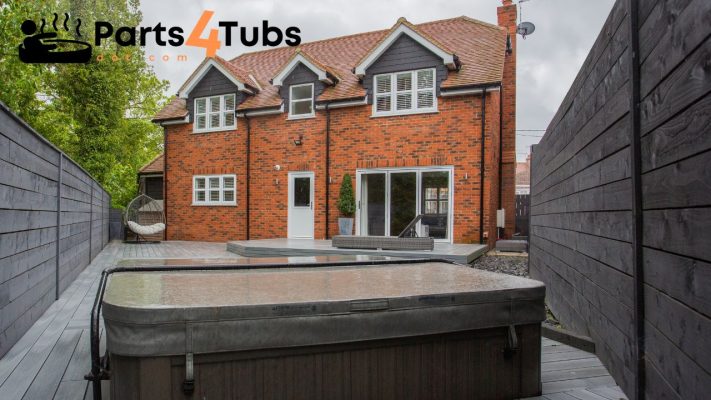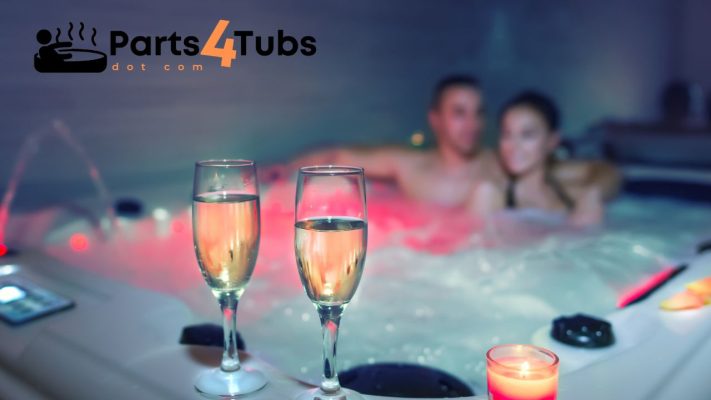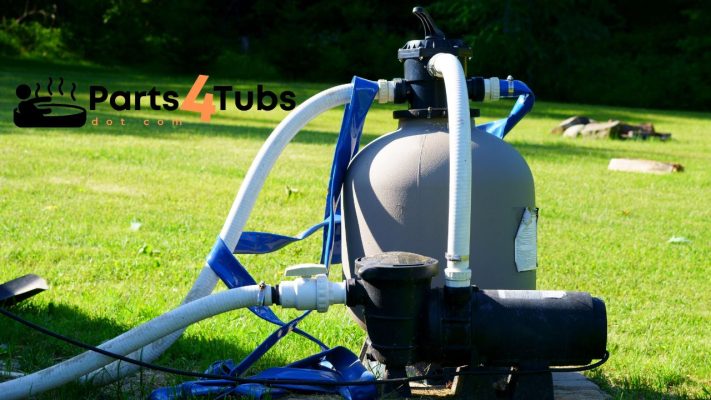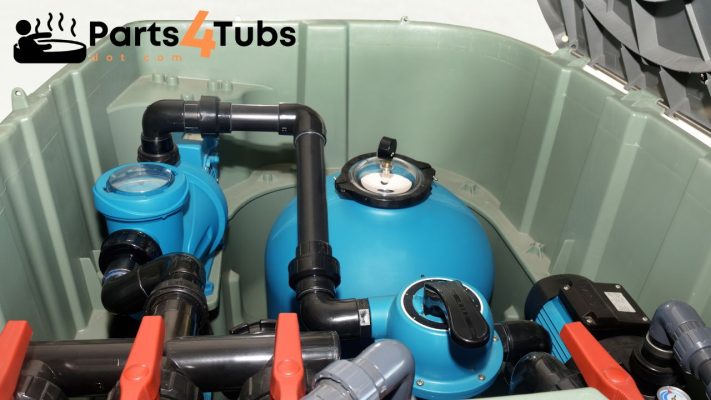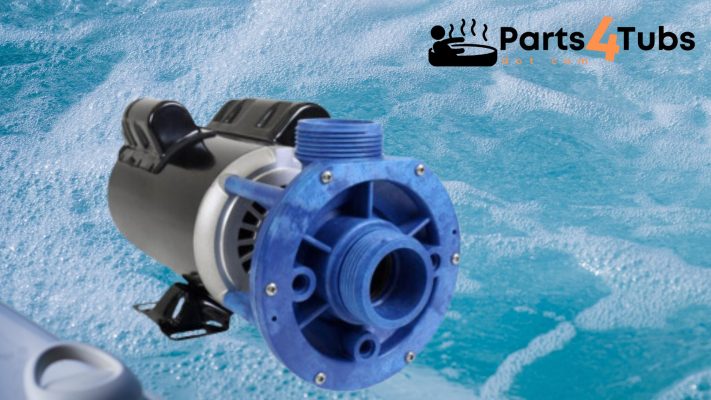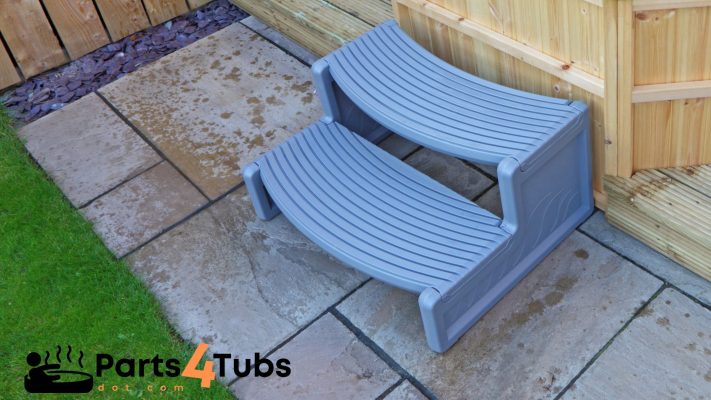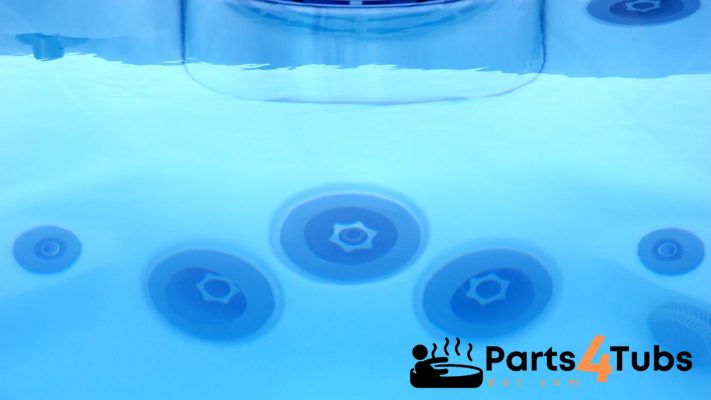Hot Tub Parts Related
Hot Tub Pump and Heater – The Power Houses behind your hot tub.
Hot Tub pump and Heater? Welcome to Parts4Tubs.com, your go-to online superstore for all things hot tub-related! As a hot tub enthusiast and expert, I’m excited to share with you valuable insights about the heart of your hot tub’s performance – the pump and heater.
In this blog post, I’ll dive into the essential components that work together to create the soothing and rejuvenating experience you love. Understanding how your hot tub pump and heater function and interact will empower you to optimize your hot tub’s performance, ensure its longevity, and enjoy countless hours of relaxation.
So, let’s explore the dynamic duo that powers your hot tub experience – the pump and heater!
The Importance of Hot Tub Pump and Heater
Your hot tub pump and heater are the dynamic duo that work together to create a soothing and rejuvenating hot tub experience. Understanding the roles and functions of these components is crucial for maintaining optimal performance and ensuring the comfort of your hot tub sessions.
Understanding Their Roles in Hot Tub Operation:
The hot tub pump is like the circulatory system of your spa. It plays a vital role in moving water throughout the entire system, ensuring proper filtration, and distributing heat evenly.
As the heart of your hot tub, the pump draws water from the tub, passes it through the filtration system, and then pushes it back into the hot tub through the jets, creating a relaxing and hygienic experience.
The hot tub heater, on the other hand, is responsible for heating the water to your desired temperature. It ensures that the water remains warm and comfortable, allowing you to enjoy a soothing soak even during chilly evenings. The combination of the pump and heater ensures that your hot tub remains an inviting oasis year-round.
How They Work Together to Maintain Water Circulation and Temperature:
The pump and heater work in tandem to create the perfect hot tub experience. Once the hot tub is filled with water, the pump starts circulating the water, drawing it through the skimmer and filter to remove impurities and debris. Clean and filtered water then flows through the heater, where it gets warmed to your desired temperature.
The heated water is then pushed back into the hot tub through the jets, offering a relaxing and therapeutic massage experience. As you soak in the warm, bubbling water, the pump continues to circulate the water, ensuring even heat distribution and consistent filtration.
In this symbiotic relationship, the pump ensures water circulation and filtration, while the heater maintains the water at your preferred temperature. Together, they create a serene and comfortable environment, making your hot tub sessions a delightful escape from the stresses of daily life.
Types of Hot Tub Pumps and Heaters
Types of Hot Tub Pumps:
Hot tub pumps come in various types, each offering unique features and benefits. The two primary types of hot tub pumps are single-speed pumps and dual-speed (or two-speed) pumps.
- Single-Speed Pumps: As the name suggests, single-speed pumps operate at a fixed speed, providing a constant flow of water throughout the hot tub. They are reliable and straightforward, ensuring consistent water circulation and filtration. However, they lack the ability to adjust the water flow, which may result in higher energy consumption.
- Dual-Speed Pumps: Dual-speed pumps offer more versatility, with two operating speeds: high and low. The low speed is ideal for regular circulation and filtration, providing energy efficiency and quieter operation. The high-speed setting is used when you want to enjoy the invigorating massage from the jets. Dual-speed pumps allow you to choose the appropriate speed based on your hot tub experience, helping to save energy during quieter times.
Types of Hot Tub Heaters:
Hot tub heaters also come in various types, each with its own advantages and suitability for specific situations. The most common types of hot tub heaters are electric heaters, gas heaters, propane heaters, and heat pumps.
- Electric Heaters: Electric heaters are the most prevalent type of hot tub heaters. They are integrated into the hot tub’s equipment and use electric current to heat the water. Electric heaters are simple and reliable, providing precise temperature control. They are suitable for most hot tubs and are easy to install and maintain but slow to heat up the water temperature initially.
- Gas Heaters: Gas heaters use natural gas or propane to heat the water. They offer rapid heating, making them ideal for large hot tubs or spas with high water volumes. Gas heaters are effective even in colder climates, ensuring your hot tub remains warm and inviting regardless of the outside temperature. However, they may require access to a gas supply, which could impact installation costs.
- Propane Heaters: Propane heaters are similar to gas heaters but utilize propane as the fuel source. They are an excellent option for hot tubs located in areas without natural gas availability. Propane heaters provide efficient heating and quick warm-up times, making them a popular choice for outdoor hot tubs.
- Heat Pumps: Heat pumps are energy-efficient alternatives to traditional electric heaters. They work by extracting heat from the surrounding air and transferring it to the hot tub water. Heat pumps are particularly effective in moderate climates, where there is a steady supply of warm air. While they may have slightly longer heat-up times, heat pumps can significantly reduce energy costs over time.
Choosing the right type of hot tub pump and heater depends on various factors, including your hot tub’s size, location, and personal preferences. It’s essential to consider your specific needs and the local climate when selecting the most suitable pump and heater combination for your hot tub.
Hot Tub Pump and Heater Maintenance Tips
To ensure your hot tub pump and heater function efficiently and last longer, regular maintenance is essential. Here are some maintenance tips to keep your hot tub in top condition:
Regular Cleaning: Keep the hot tub pump and heater area clean and free from debris, dirt, and leaves. Regularly inspect and clean the pump’s intake and filter to prevent clogging and ensure proper water flow.
Water Chemistry: Maintain proper water chemistry by regularly testing and balancing the pH, alkalinity, and sanitizer levels. Balanced water chemistry not only ensures a pleasant soaking experience but also protects the pump and heater from corrosion and scaling.
Filter Cleaning: Clean the hot tub filter regularly to remove trapped debris and maintain proper water circulation. A dirty or clogged filter can strain the pump and heater, reducing their efficiency and potentially leading to damage.
Inspect for Leaks: Check the pump and heater for any signs of leaks, such as water puddles or damp areas around the equipment. Addressing leaks promptly can prevent water damage and costly repairs.
Lubrication: Periodically lubricate the pump’s seals and o-rings with manufacturer-recommended lubricants. Proper lubrication reduces friction and wear on moving parts, extending the lifespan of the pump.
Winterizing: If you live in an area with freezing temperatures, properly winterize your hot tub pump and heater to prevent damage from freezing water. Follow the manufacturer’s guidelines for winterizing or seek professional assistance if needed.
Common Hot Tub Pump and Heater Issues
Despite regular maintenance, hot tub pump and heater issues may still arise. Understanding common problems can help you identify and address them promptly. Here are some common hot tub pump and heater issues:
No Water Circulation: If the hot tub pump is running, but there is no water circulation, check for clogged filters, blockages in the plumbing, or a malfunctioning pump motor.
Heater Not Heating: If the hot tub water is not reaching the desired temperature, the heater element may be faulty or damaged. Check for any loose connections or broken elements and replace them as needed.
Leaks: Leaks around the pump or heater area can be caused by worn seals, loose fittings, or damaged components. Address leaks immediately to prevent water damage and further issues.
Tripping Breakers: If the hot tub’s breaker keeps tripping, it could indicate an electrical issue with the pump or heater. A quick check that can be done here is to unplug the heater from the spa pack and see if the breaker trips. If it doesn’t, then it is the heater at fault. You can re-test doing the same thing with the pump.
Unusual Noises: Grinding, squealing, or rattling noises coming from the pump may indicate motor or bearing issues. Unusual sounds from the heater could be due to sediment buildup or a failing element.
Troubleshooting Hot Tub Pump and Heater Issues
If you encounter any of the above issues or other problems with your hot tub pump and heater, here are some troubleshooting steps:
Check Power Supply: Ensure the pump and heater are receiving power and that the breaker is not tripped.
Examine Filters: Clean or replace dirty filters to improve water circulation and prevent strain on the pump.
nspect Wiring: Check for loose or damaged wiring connections and tighten or repair as necessary.
Test Heater Element: Use a multimeter to check the heater element’s continuity and replace if it is not functioning.
Lubricate Moving Parts: Apply manufacturer-recommended lubricants to motor seals and o-rings to reduce friction.
By following proper maintenance practices and addressing issues promptly, you can ensure that your hot tub pump and heater provide reliable performance and a blissful soaking experience for years to come. Remember to refer to your hot tub’s manufacturer guidelines for best practices with the kit that you have.
Conclusion:
Your hot tub’s pump and heater play crucial roles in delivering a relaxing and enjoyable spa experience. Understanding the different types of pumps and heaters available and maintaining them properly can extend their lifespan and optimize their performance.
By following regular maintenance routines and addressing any issues promptly, you can ensure that your hot tub remains a haven of relaxation and enjoyment for you and your loved ones.
With proper care and attention, your hot tub’s pump and heater will continue to provide soothing and invigorating experiences, helping you create lasting memories in your private oasis of relaxation.
Happy Hot Tubbin’
Andi
Can I Help You?
If I can help you in any way I would love to hear from you. You can get in touch using the form below.
Thanks - Andi

